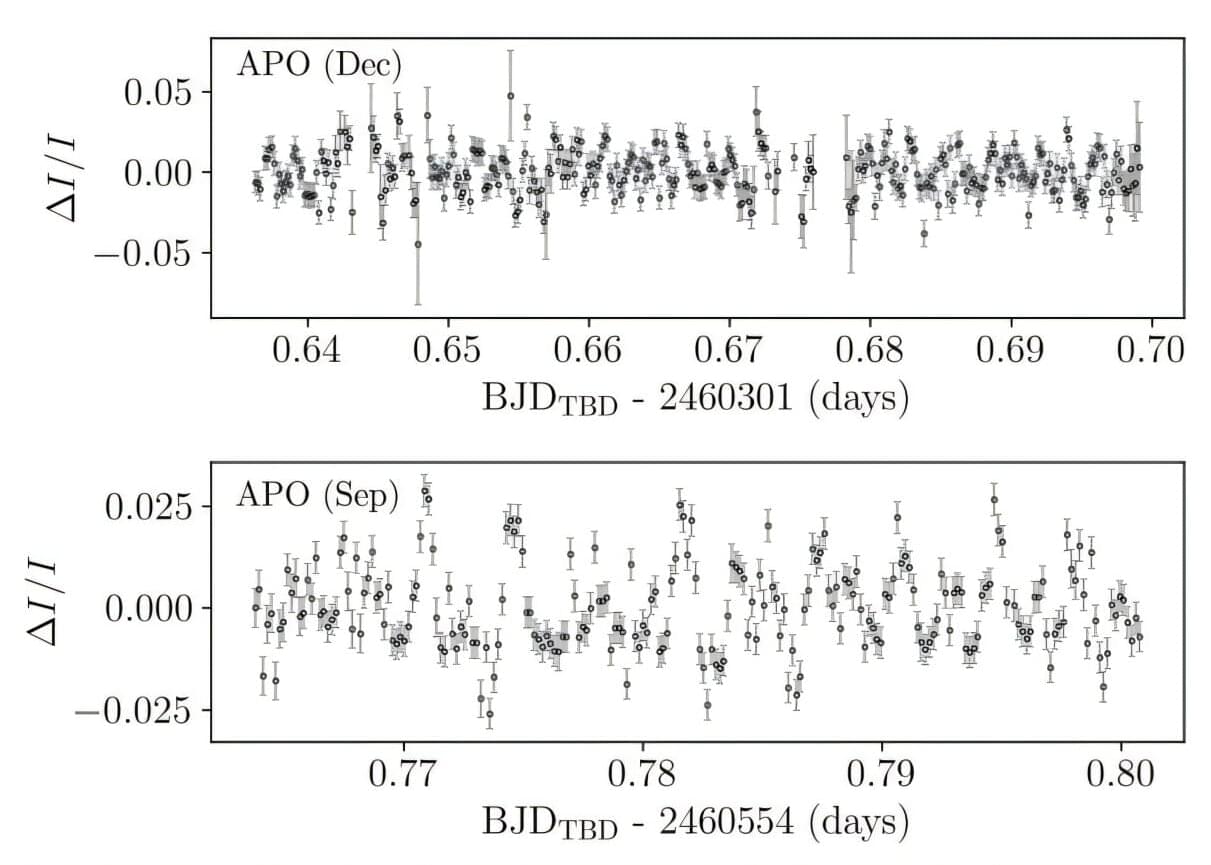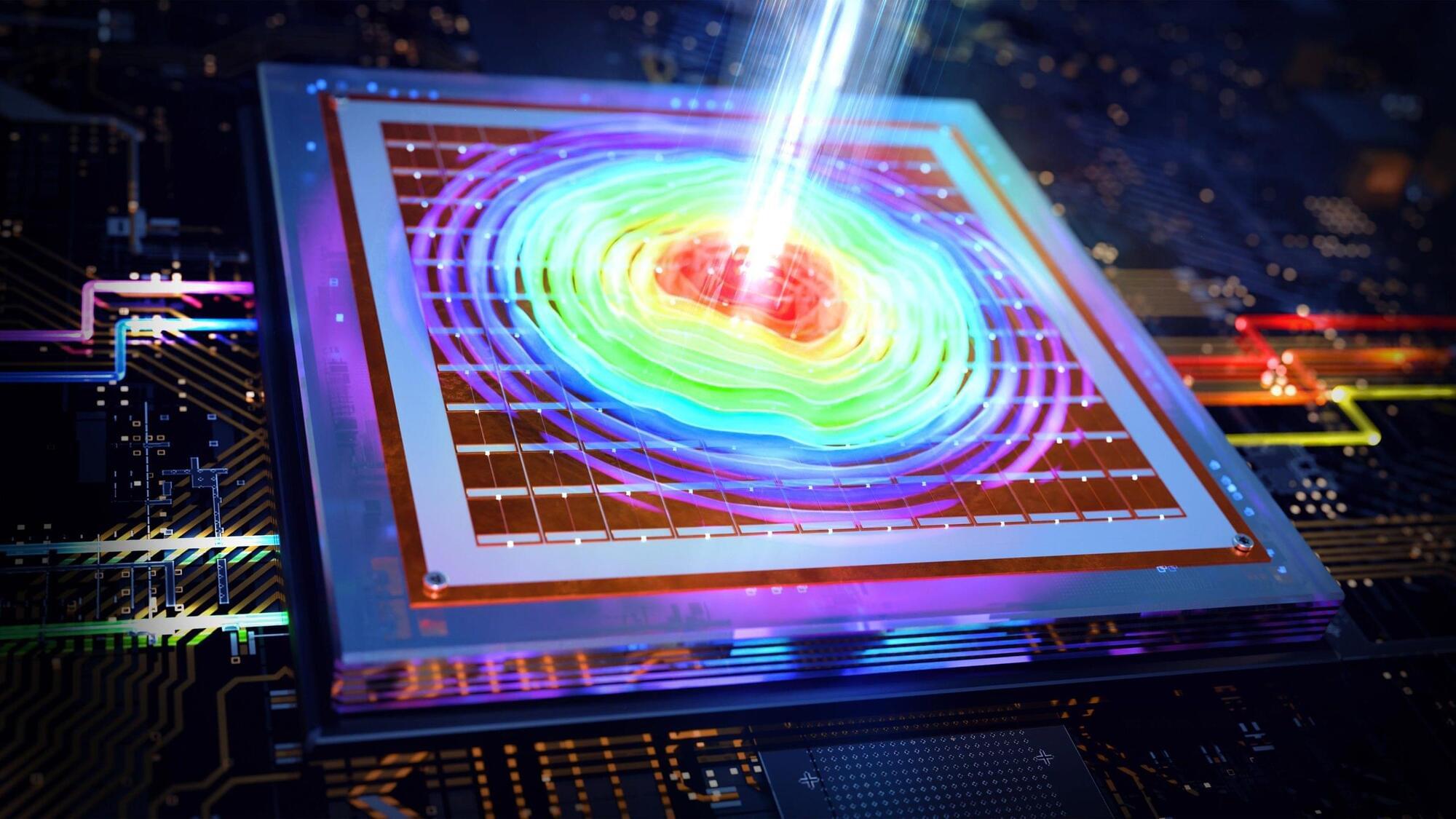The structural design of molecular machines and motors endows them with externally controlled directional motion at the molecular scale. Molecular machines based on both interlocked and non-interlocked molecules and driven by a variety of external stimuli such as light, electrical-or thermal energy, and chemical-or redox processes have been reported. With the field moving forward, they were incorporated into surfaces and interfaces to realize amplified directional molecular motion at the nanoscale which can be applied in the control of macroscopic material properties. More recently, molecular motors and molecular machines based on interlocked molecules have been organized into three dimensional materials to expand their functionality in the solid state and enrich their applicability.







